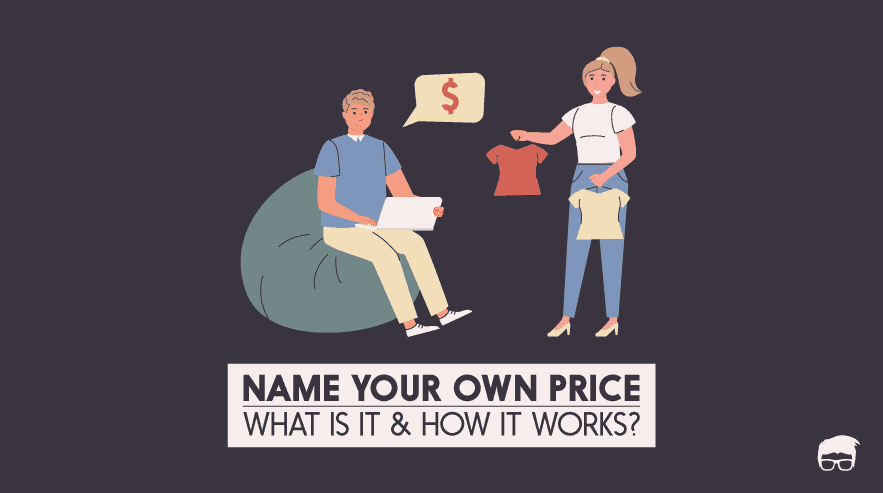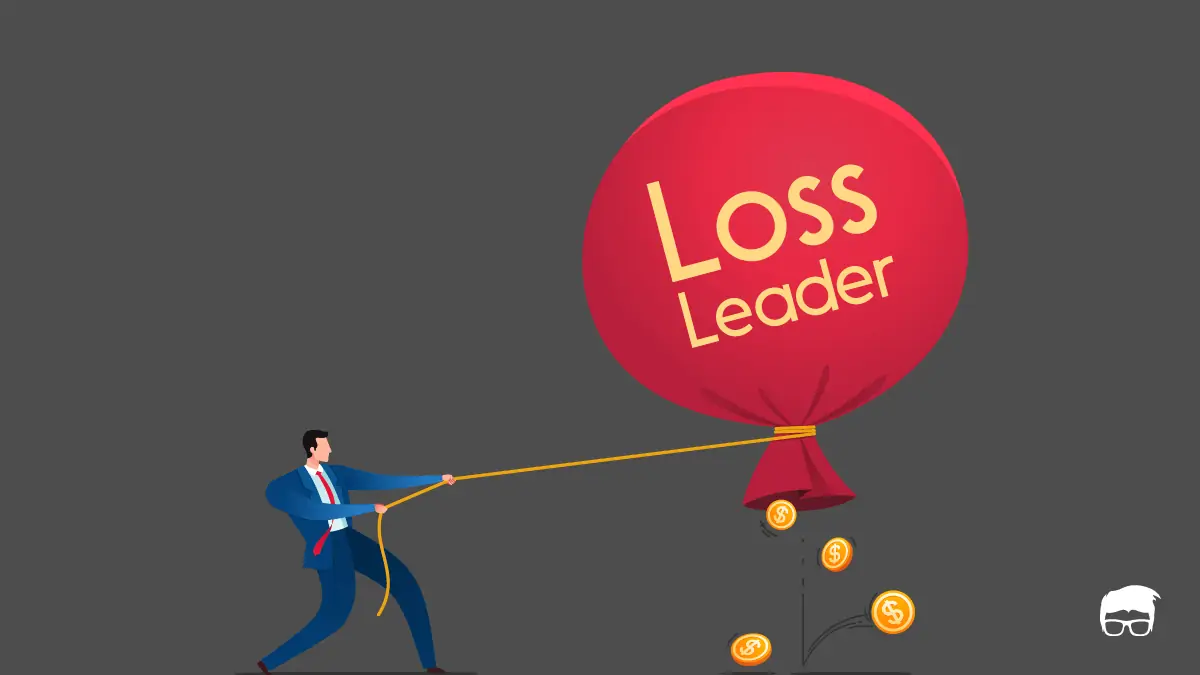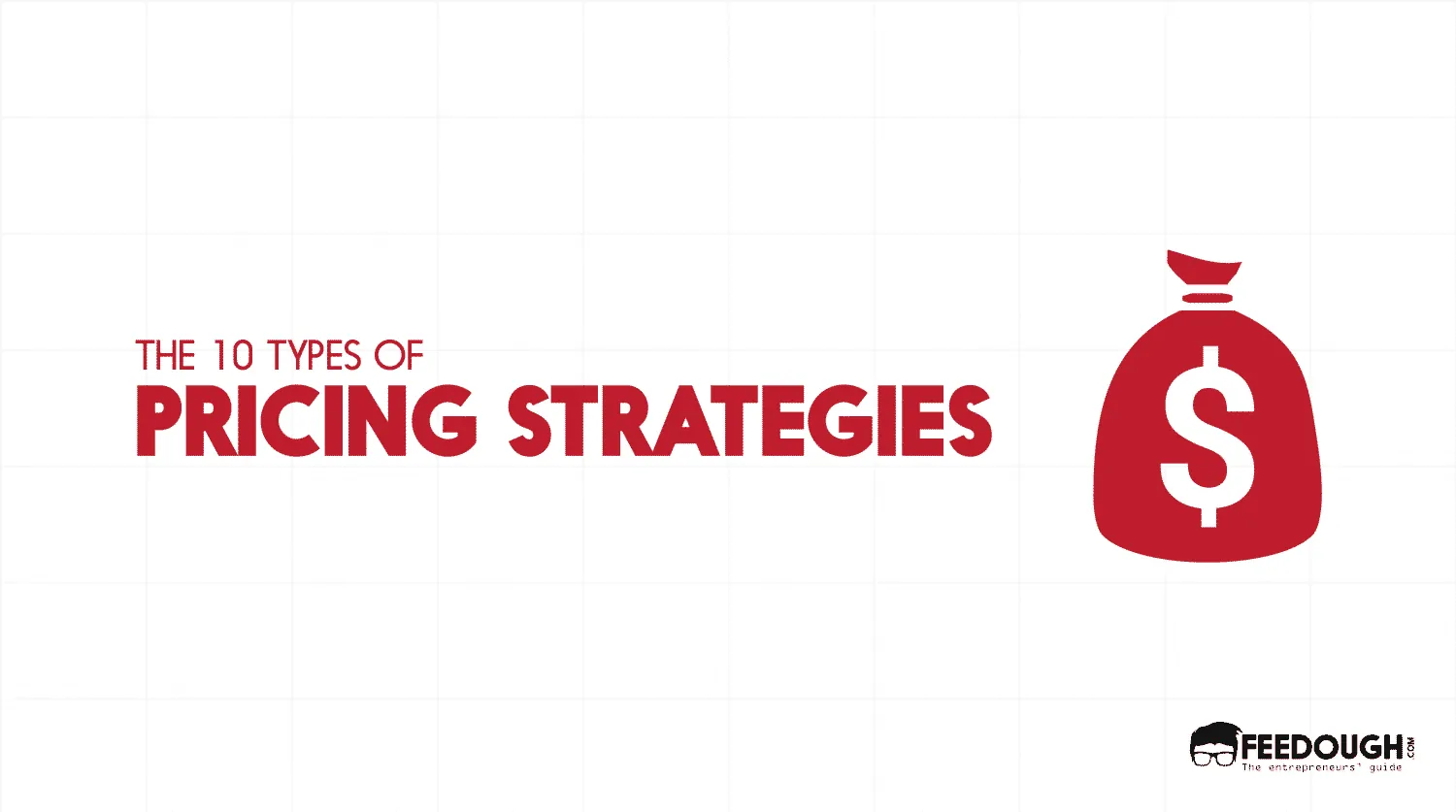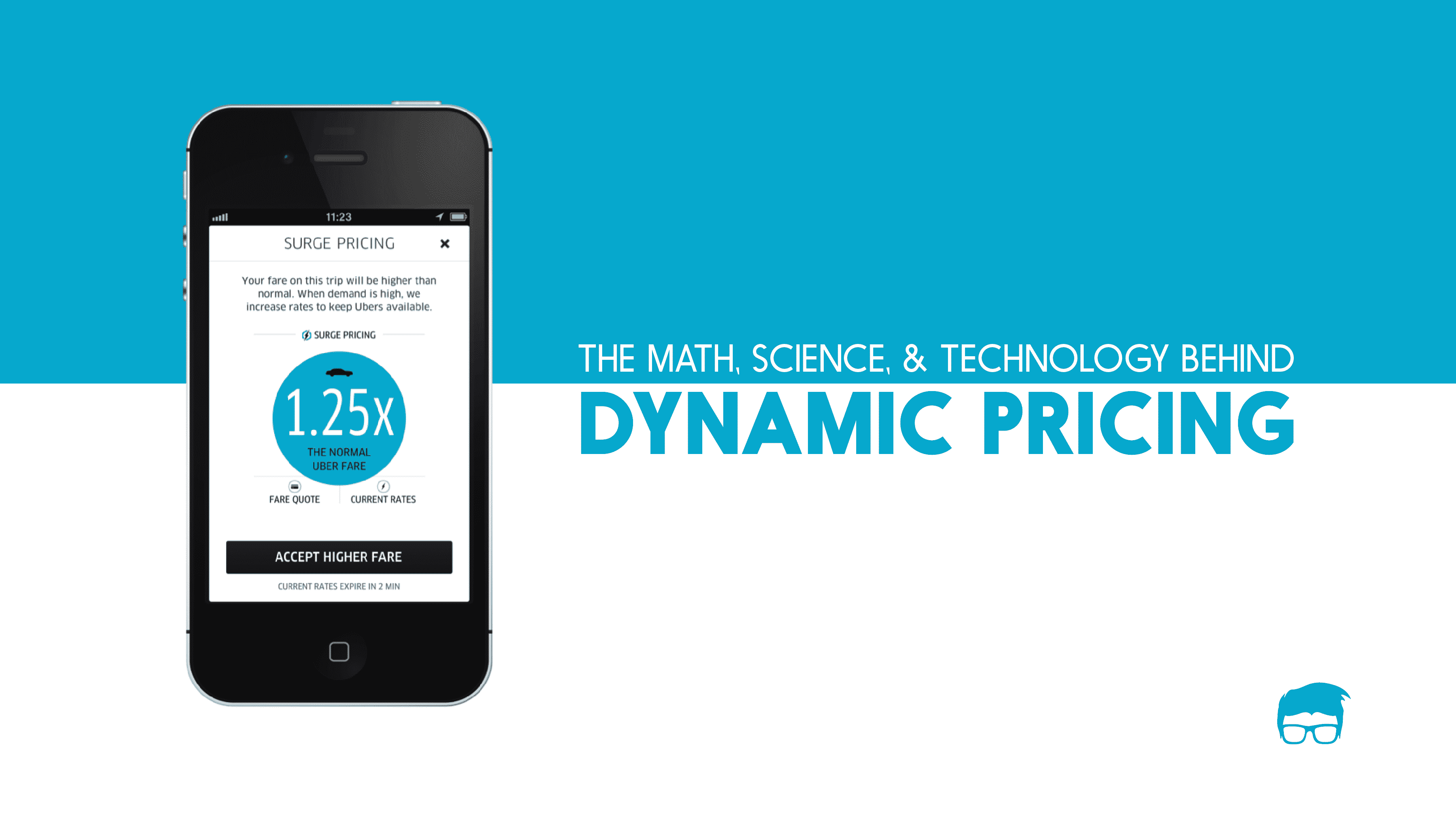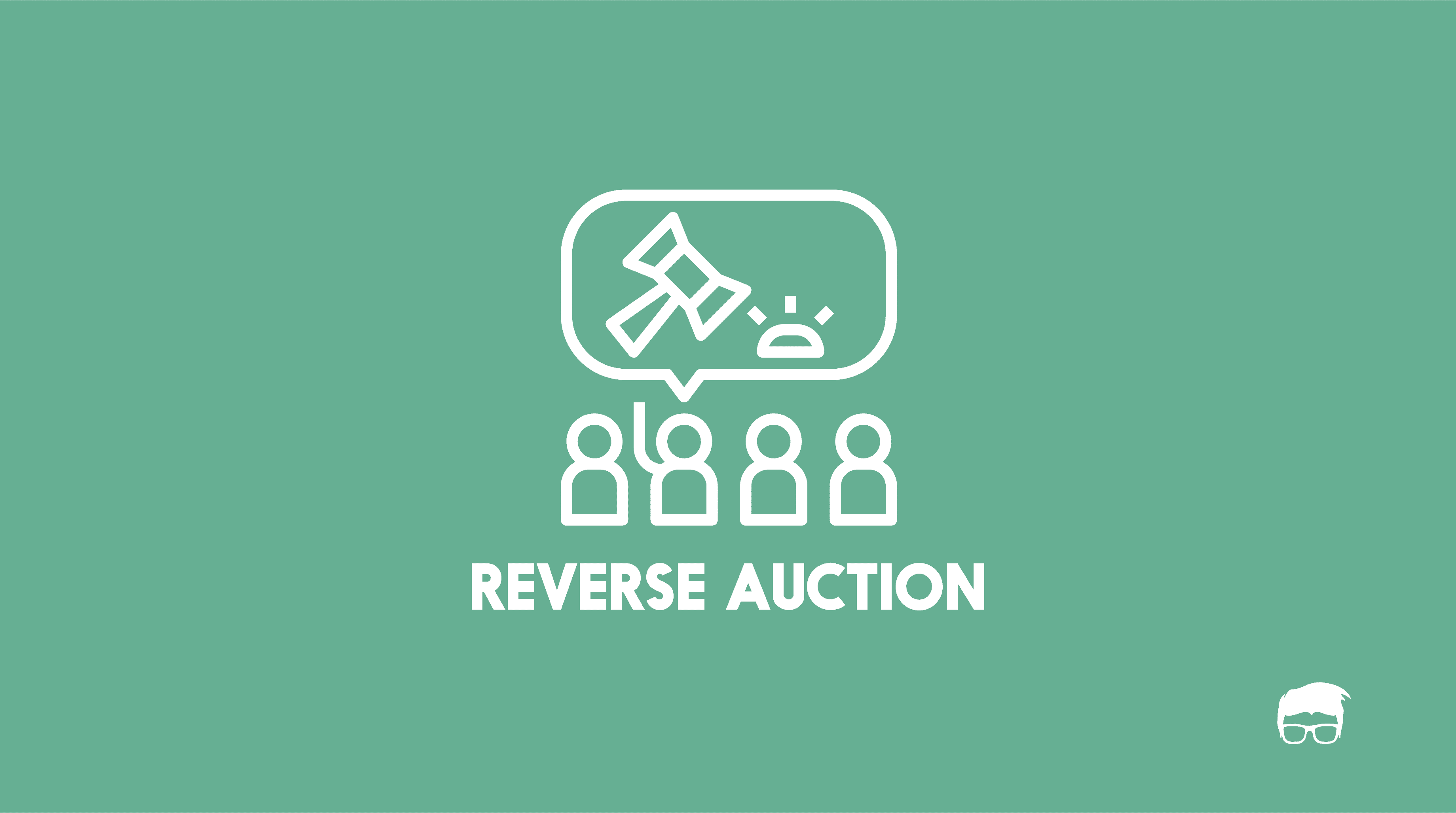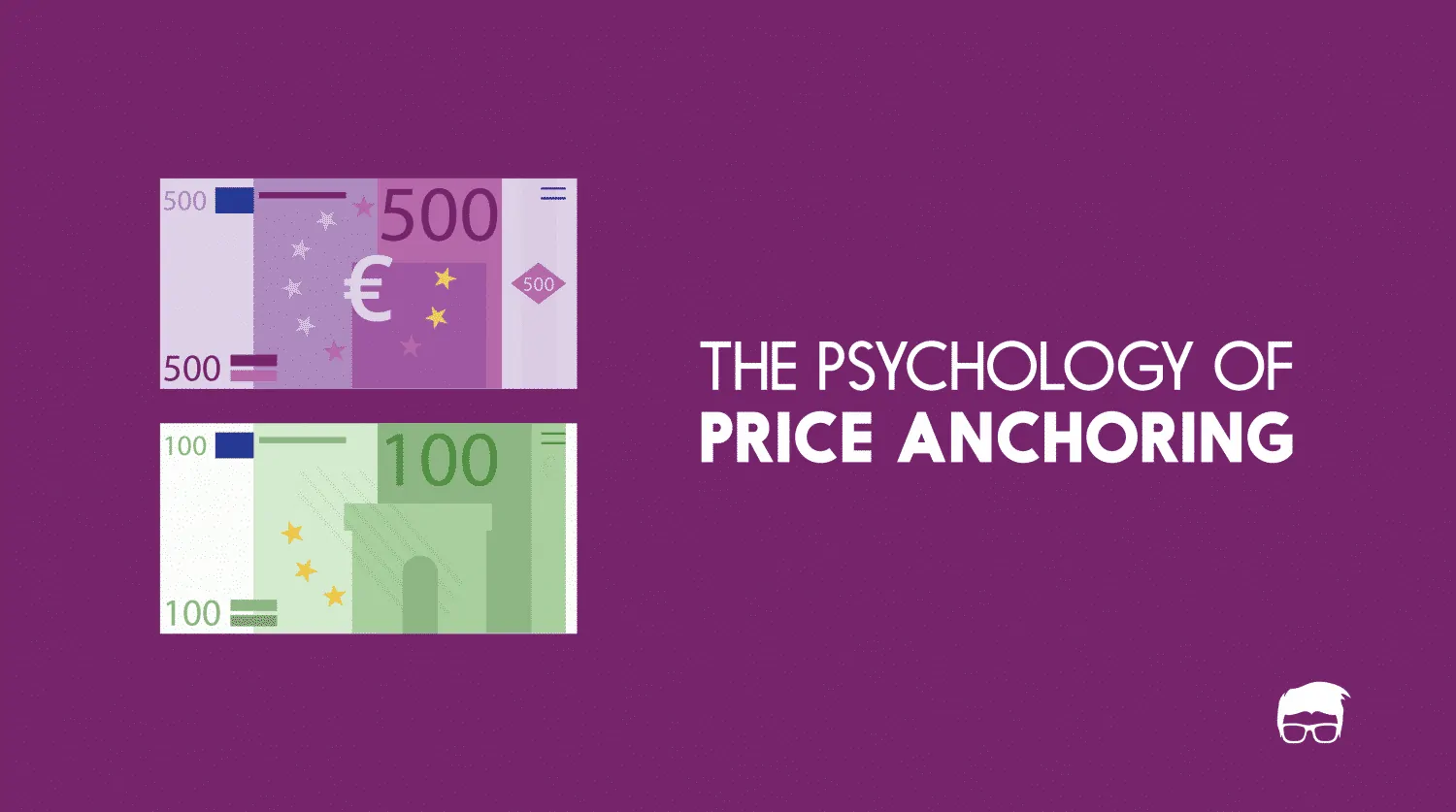A usual day in the market – you see a high priced product and think that if it were available at a certain price, you would have bought it in a heartbeat. Well, you would be in for a surprise that there exists a unique pricing strategy where you actually name your own price for the products you want to buy.
The best part?
Many organisations use it and are still profitable.
Intrigued?
Read on further to know more about name your price strategy.
What Is Name Your Own Price (NYOP)?
Name your own price is a pricing strategy where the sellers let buyers decide the final price they want to pay for the offering, but the transaction only takes place if that offer equals or is greater than the unrevealed threshold price set by the seller.
The transaction flows in this way –
- Sellers list products with their own threshold prices over which they’ll accept the bid. This threshold price isn’t visible to the buyer.
- Once the buyer likes the product, s/he places the initial offer for the product.
- If the price offered by the customer equals or is greater than the threshold price, the transaction takes place at the price quoted.
- If the offer is less than the threshold prices set by all the sellers, the buyer gets a chance to update his/her offer in subsequent rounds.
The name-your-own-price strategy is often called reverse auction.
In a traditional auction, a seller offers a service for which there are many buyers. The buyer who can afford the price tag has the chance to avail/buy that service or product.
In reverse auction, roles of a buyer and seller are exchanged, i.e. sellers which can provide the service at the price mentioned by the buyer wins the auction.
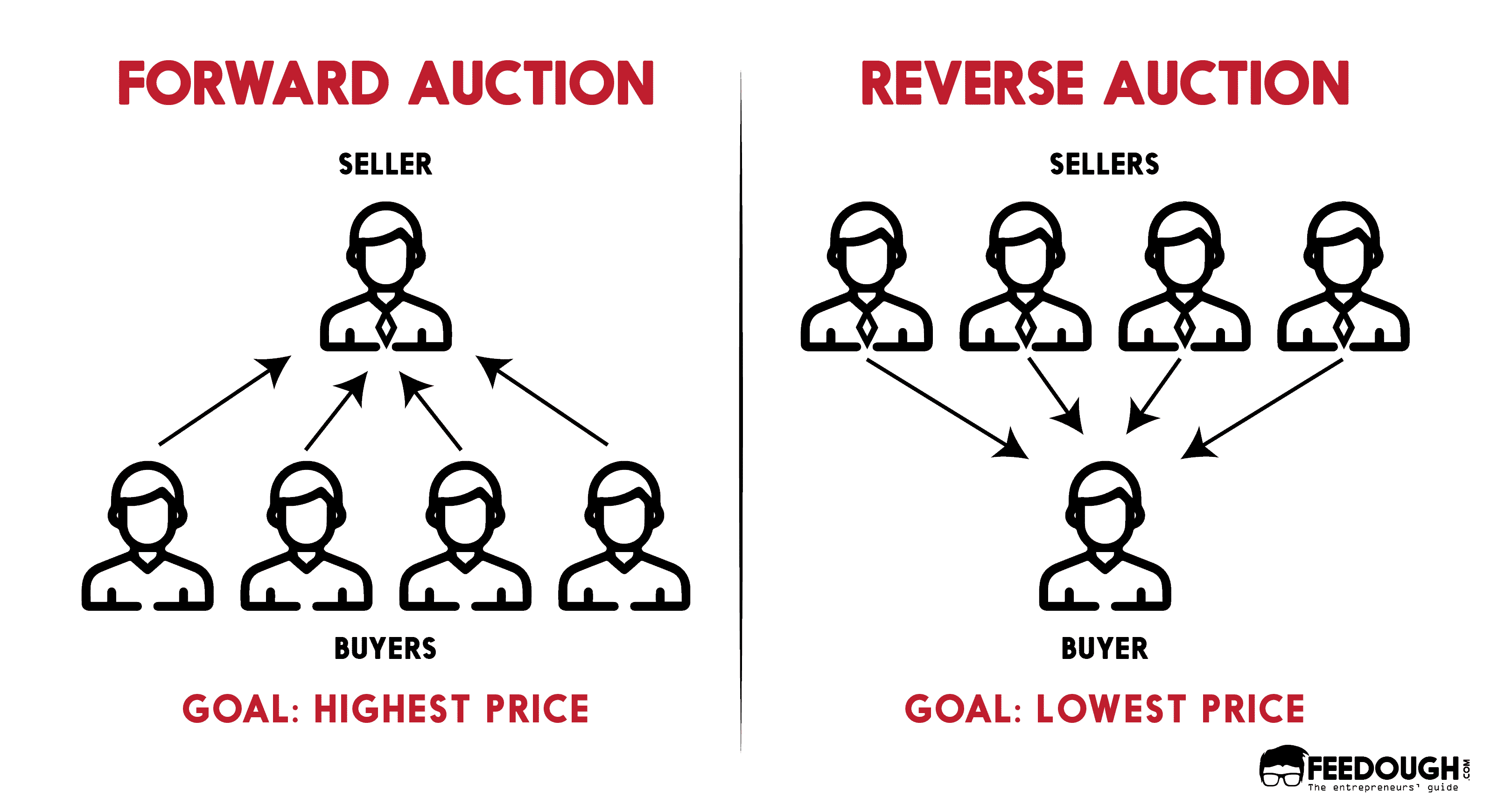
Real-Life Examples of NYOP
Priceline
One of the pioneers in adopting NYOP strategy is Priceline. At Priceline, a customer names their price by bidding for a service. The algorithm employed by Priceline randomly chooses a service provider whose threshold is just below the price quoted by the customer.
The customer is then charged the price quoted by him/her and the transaction is completed.
However, there is a caveat to this simple-looking mechanism. The price listed by the seller is not shown to the customer. If the price quoted by the customer is too low and no seller is going to offer the service at that price point, then there is a chance of re-bidding for the customer after a specific time frame.
Garmentory
Affordability is one of the major issues that still plague the clothing industry. Garmentory tried to create ripples in the industry.
Garmentory is a web-based marketplace that sells merchandise from contemporary designers and boutiques. It lets customers negotiate the final sale price directly with shop owners. This move created a new space where new designers could interact with the customers directly, and customers could get a new dress from designers at a price with which they are comfortable.
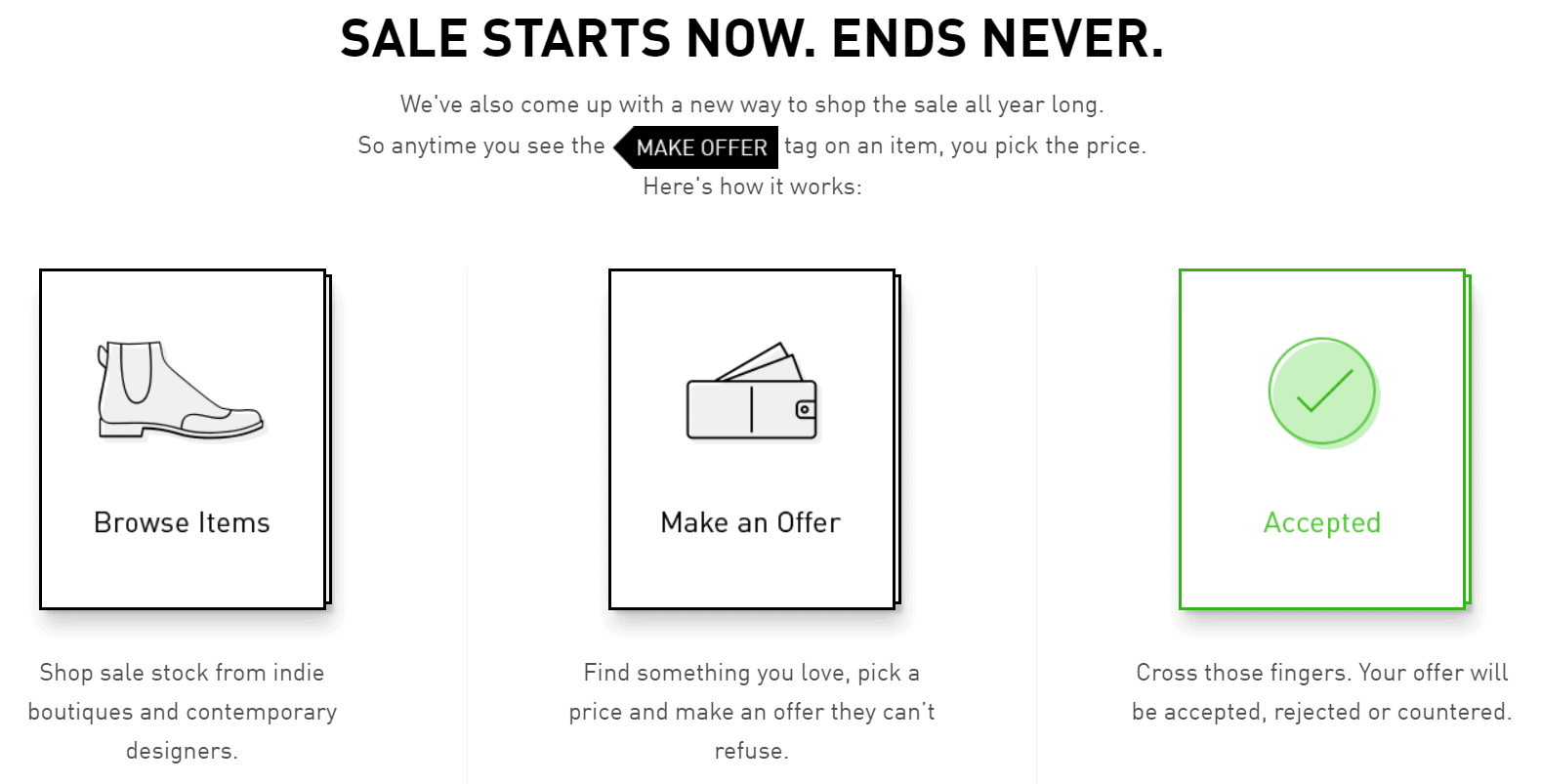
Psychology behind NYOP
While it is easier to decipher the psychology behind why buyers prefer the name your own price strategy, many really don’t understand why sellers also go for it.
Read on to find the customer-centric and seller-centric point of view.
Customer-Centric
The most apparent benefit from the name-your-own-price scheme for the buyer is that he pays what he wants – the bid is the price they are willing to shell out for the offering which, according to them, is their win over the sellers.
The proposition of participating in a pricing scheme where the price is primarily controlled by choice rather than a fixed cost brings a psychological relief to the buyer that overspending is not an issue.
Seller Centric
Since sellers get to set their threshold price, they are not essentially at loss. Many of them do gain from this practice as customers do feel satisfied with the price they bid. Moreover, sellers participating in NYOP can even profit using upselling and cross-selling strategies.
Challenges In NYOP
Even after seemingly bringing so many advantages to the table, NYOP does not seem to be a common practice. It’s because NYOP comes with its own set of challenges.
Challenges Facing Buyers
Quality
After bidding, who gets the contract is out of the control of the buyer.
It may so happen that low price compromises on the quality of the service/product. With no chance of actually knowing what is on the table, it might be quite uncomfortable for buyers that saving a few bucks cost them big time in terms of the quality.
Factors such as delivery timeline, technological capabilities are not part of the picture in this mechanism, and these may ultimately lead to higher actual costs as these non-price factors among others are not considered in the process.
Risk of Losing
If the bidding fails to garner any interest in the first round, subsequent rounds could see overbidding to get the service as soon as possible.
For example, you want the staff to be employed at minimum wages, but skilled workers in the geographical area you are looking for might demand more. Therefore without getting the clear picture, you might first go lowball and then in a hurry to get the staff might go over the price.
Challenges Facing Suppliers
Buyers Acting Opportunistically and the Winners Curse
In its enthusiasm for getting a contract, a supplier may get so caught up in the competition that it offers unrealistically low prices.
This gives rise to another problem where the buyers are used to low prices and suppliers form an impression that buyers are acting opportunistically.
Also, there are forums which exist where buyers disclose their bidding amount by which the winning bid is easily known.
Due to such practices, buyer-seller relationships are ruined, and sellers often switch to the traditional pricing scheme.
Risk of New Entrants
The NYOP process opens the door for new entrants and gives them a chance to compete with the incumbent and other known suppliers. New entrants often provide a huge discount to get their business up and running, and this hurts the well-established suppliers.
Bottom-Line?
Purchase cost reductions do not continue at the same rate. Every business will try to sustain and go for profit in its sales. Prices as a result of which will become stable.
This could be seen from the fact that Priceline, one of the significant players after two decades of its operation, has started shutting down the NYOP pricing scheme on its website.
Name your own price might sound interesting in theory but due to opaque business practices, trust issues, there is not much of the mechanism being employed in practice.
Go On, Tell Us What You Think!
Did we miss something? Come on! Tell us what you think about our article on name your own price in the comments section.
An experienced developer and tech entrepreneur. Kanishk loves to write about machine learning, entrepreneurship, and tech trends.
